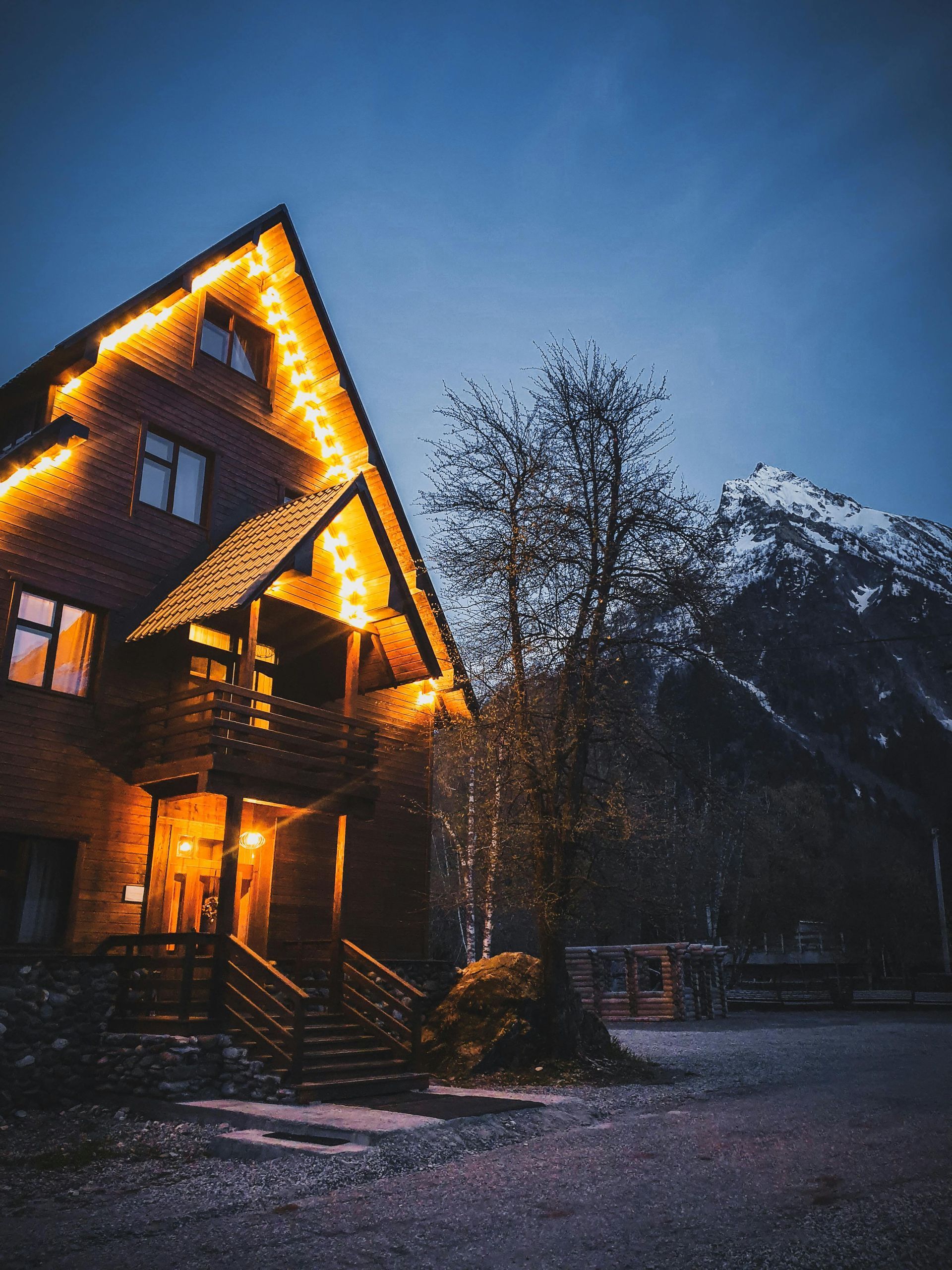The Hidden Impact of Storms on Your Roof
The Hidden Impact of Storms on Your Roof: A Homeowner's Guide to Detection and Action
As a homeowner, understanding how storms can damage your roof and knowing what steps to take is crucial for protecting your investment. This guide will provide you with insights often overlooked by other sources, backed by real statistics, to help you navigate the aftermath of storm damage.
Types of Storm Damage
While most homeowners are aware of obvious damage like missing shingles, many storm-related issues are less visible:
- Wind Damage: The National Storm Damage Center reports that winds as low as 50 mph can cause damage to roofs. What's often overlooked is that wind damage is cumulative – repeated exposure to moderate winds can be as damaging as a single high-wind event.
- Hail Damage: According to the National Insurance Crime Bureau, hail damage affects about 1 in 35 homes annually. Lesser-known fact: hail as small as 1 inch in diameter can cause significant damage to roofing materials.
- Water Damage: The Insurance Information Institute reports that water damage accounts for 29% of all homeowner’s insurance claims. What's rarely mentioned is that even minor leaks can lead to a 10-25% loss in your roof's R-value, affecting your home's energy efficiency.
Hidden Damages
Many homeowners focus on visible damage, but hidden issues can be more problematic:
- Granule Loss: A study by the Asphalt Roofing Manufacturers Association found that a 20% loss in granules can reduce a shingle's lifespan by up to 60%.
- Structural Weakening: The National Roofing Contractors Association warns that repeated storm exposure can weaken roof decking, even without visible damage. This can lead to sagging and eventual collapse if not addressed.
- Microfractures: These tiny cracks, often invisible to the naked eye, can lead to major leaks. A study in the Journal of Building Physics found that microfractures can expand by up to 300% during freeze-thaw cycles.
Long-term Consequences
The impact of storm damage extends beyond immediate repair needs:
- Energy Efficiency: The U.S. Department of Energy reports that a damaged roof can increase energy costs by up to 30% due to poor insulation and ventilation.
- Mold Growth: The Environmental Protection Agency warns that mold can begin growing within 24-48 hours of water intrusion. What's less known is that certain types of molds can eat through roofing materials, exacerbating damage.
- Property Value: According to the National Association of Realtors, roof damage can decrease a home's value by 10-15%, even if the damage isn't immediately visible.
Detecting Storm Damage
Early detection is key to preventing long-term issues:
- Professional Inspections: The National Roofing Contractors Association recommends professional inspections twice a year and after severe weather events. Studies show that professional inspections catch up to 50% more issues than homeowner assessments.
- Technology Aids: Infrared technology can detect hidden moisture issues. A study in the Journal of Construction Engineering and Management found that infrared inspections are 35% more accurate in detecting hidden water damage compared to visual inspections alone.
Immediate Actions After a Storm
Taking prompt action can significantly mitigate damage:
- Document Everything: The Insurance Information Institute reports that claims with thorough documentation are 40% more likely to be approved.
- Temporary Repairs: The Federal Emergency Management Agency (FEMA) advises making temporary repairs to prevent further damage. However, keep all receipts as these costs are often reimbursable.
- Avoid DIY Assessments: The Occupational Safety and Health Administration (OSHA) reports that falls from roofs account for one-third of all fall-related construction fatalities. Professional assessment is safer and more thorough.
Long-term Prevention
Proactive measures can enhance your roof's resilience:
- Impact-Resistant Materials: The Insurance Institute for Business & Home Safety found that homes with impact-resistant roofing materials are 50% less likely to suffer hail damage.
- Regular Maintenance: A study in the Journal of Performance of Constructed Facilities found that roofs with regular maintenance last 20-30% longer than those without.
- Tree Management: The Arbor Day Foundation recommends keeping trees trimmed at least 10 feet away from your roof to prevent damage during storms.
Expert Assistance
Navigating the complexities of storm damage can be challenging for homeowners. This is where professional help becomes invaluable. Graduate Contracting offers comprehensive storm damage assessments. Their experienced team can provide detailed reports, assist with insurance claims, and offer expert repair services to ensure your roof is restored to its optimal condition.
Conclusion
Understanding the full impact of storm damage on your roof and taking prompt, informed action is crucial for protecting your home. By being aware of these often-overlooked aspects and seeking professional assistance when needed, you can ensure the longevity and effectiveness of your roof, safeguarding your home for years to come.
Remember, when it comes to storm damage, what you can't see can often be more problematic than what you can. Regular inspections, prompt action after storms, and professional assessments are your best defense against the long-term consequences of storm damage.


